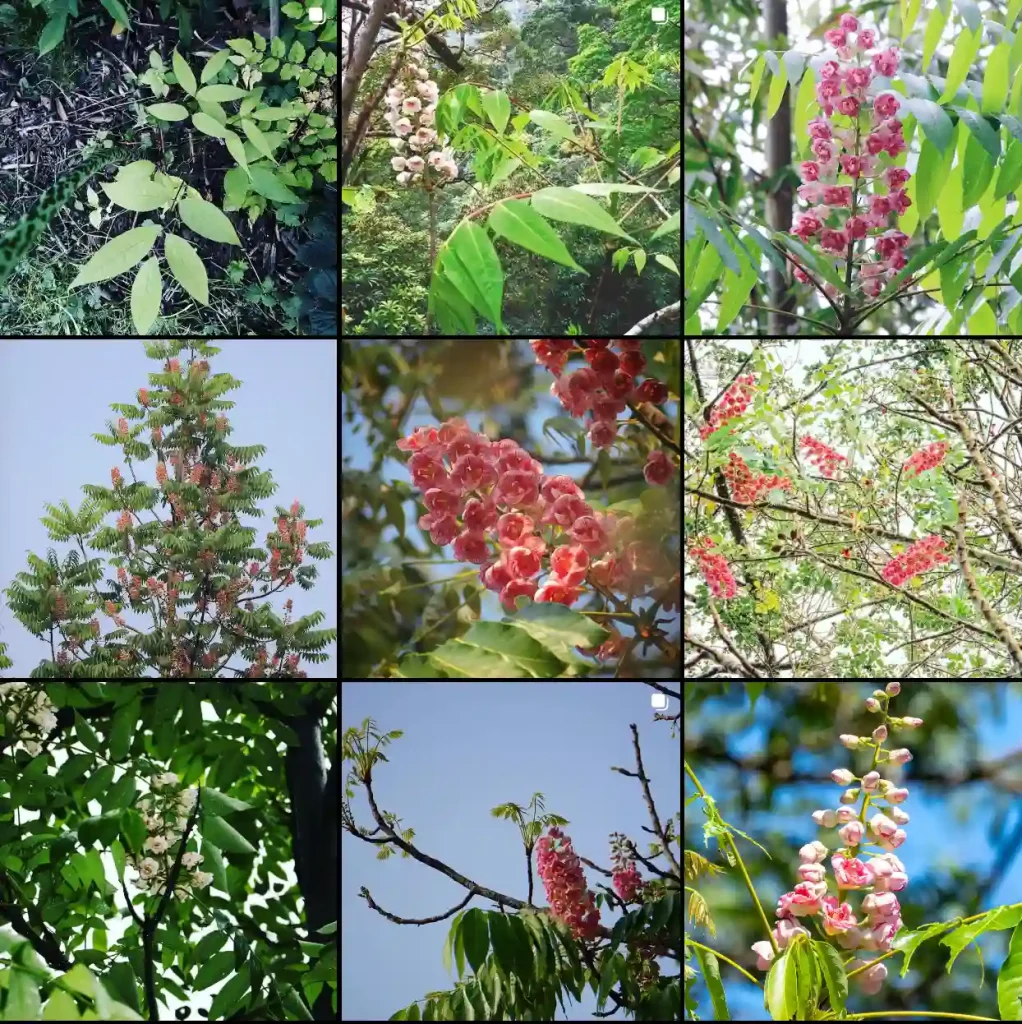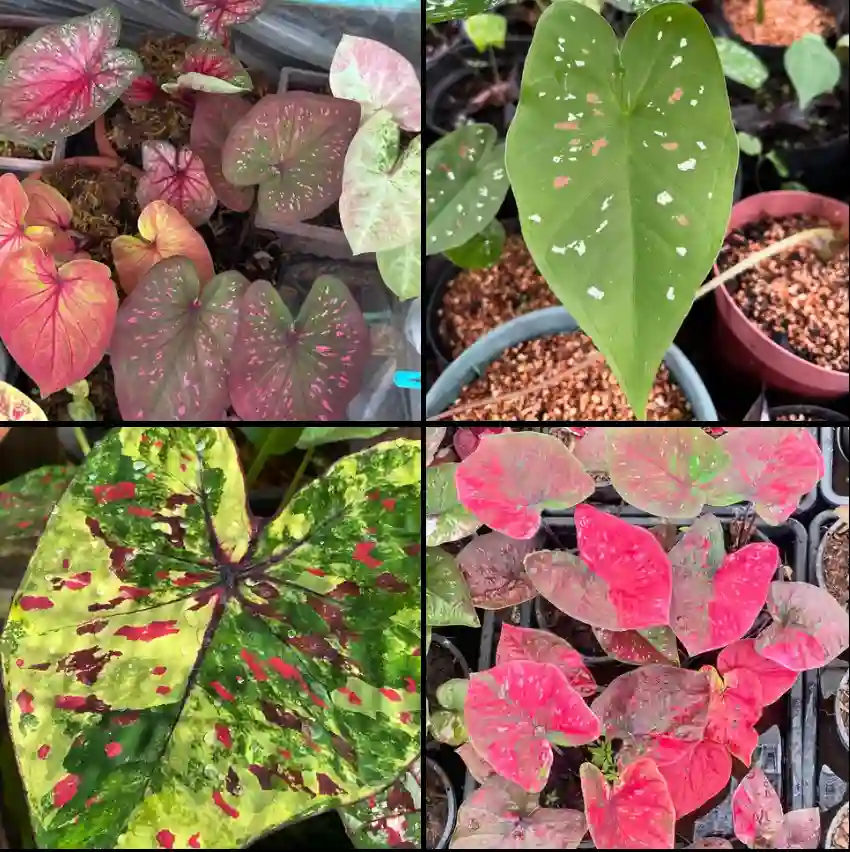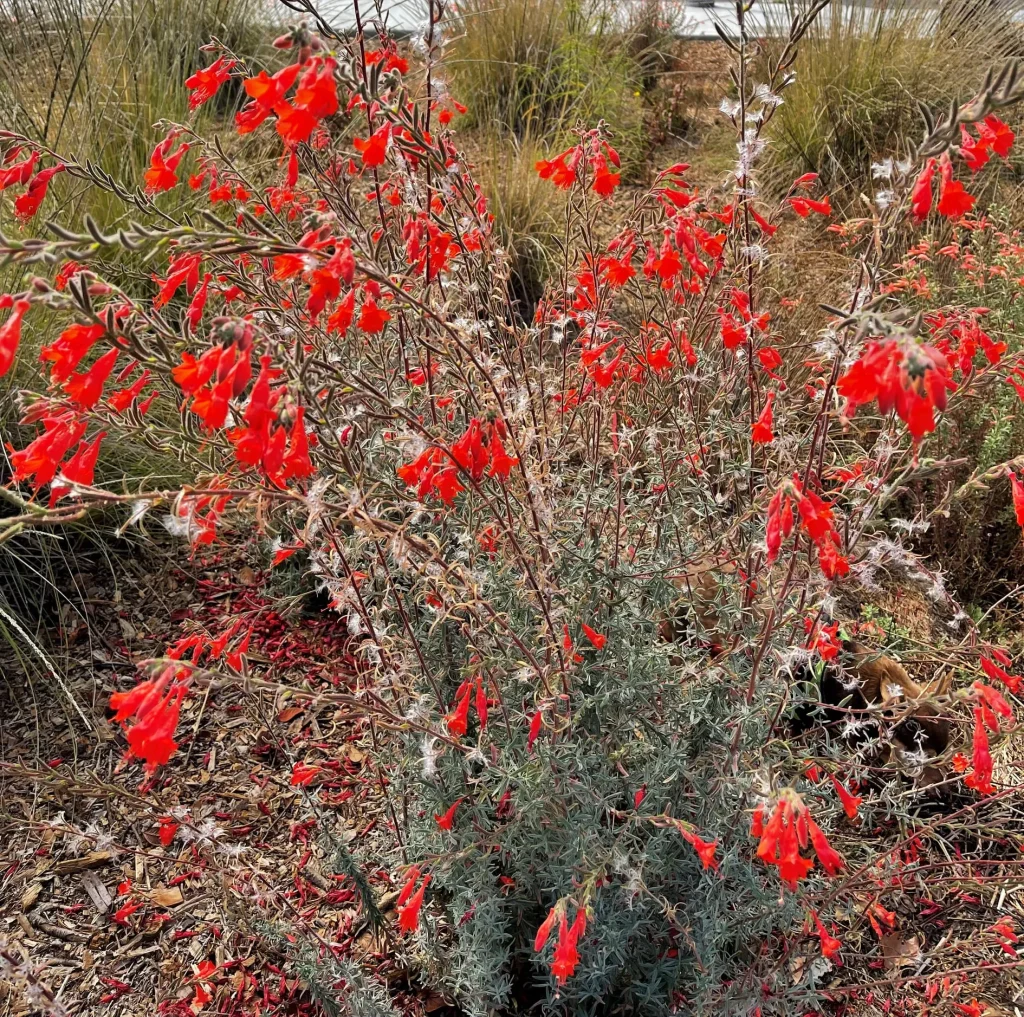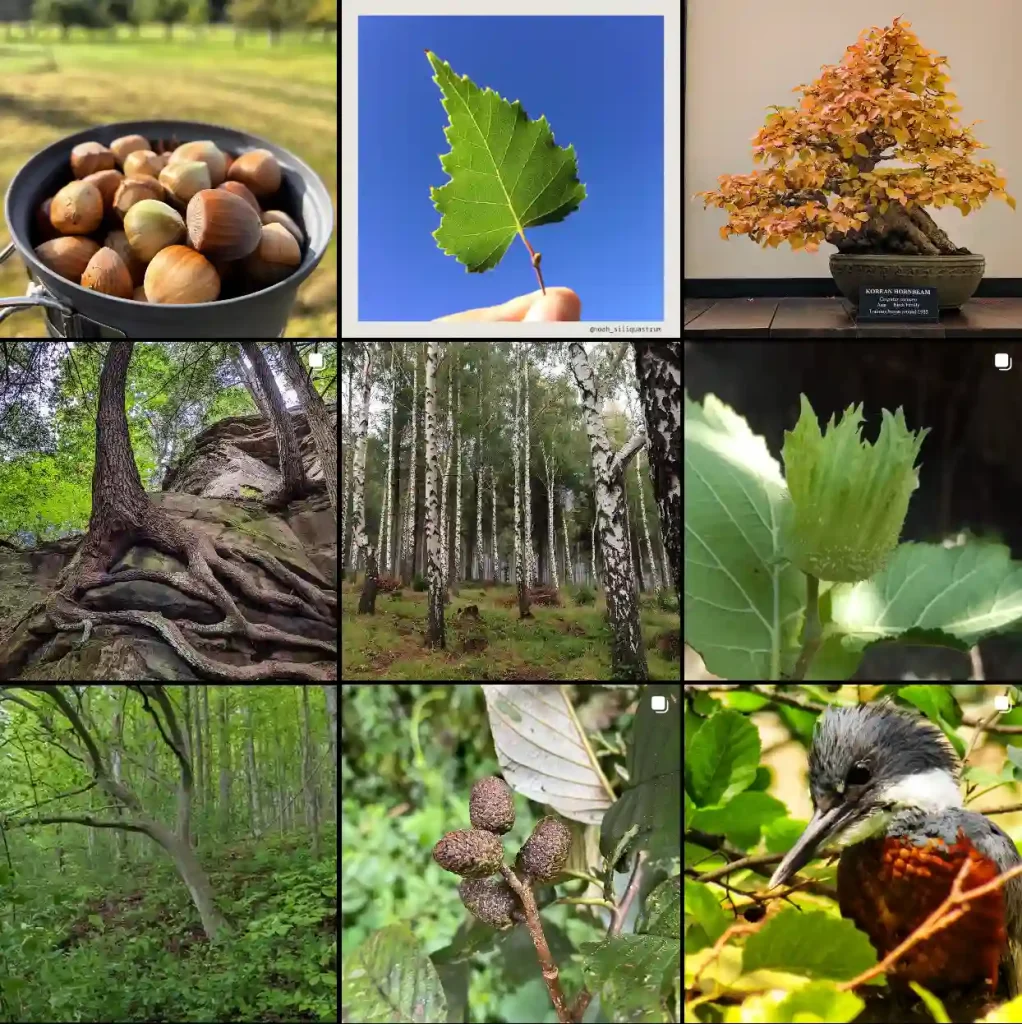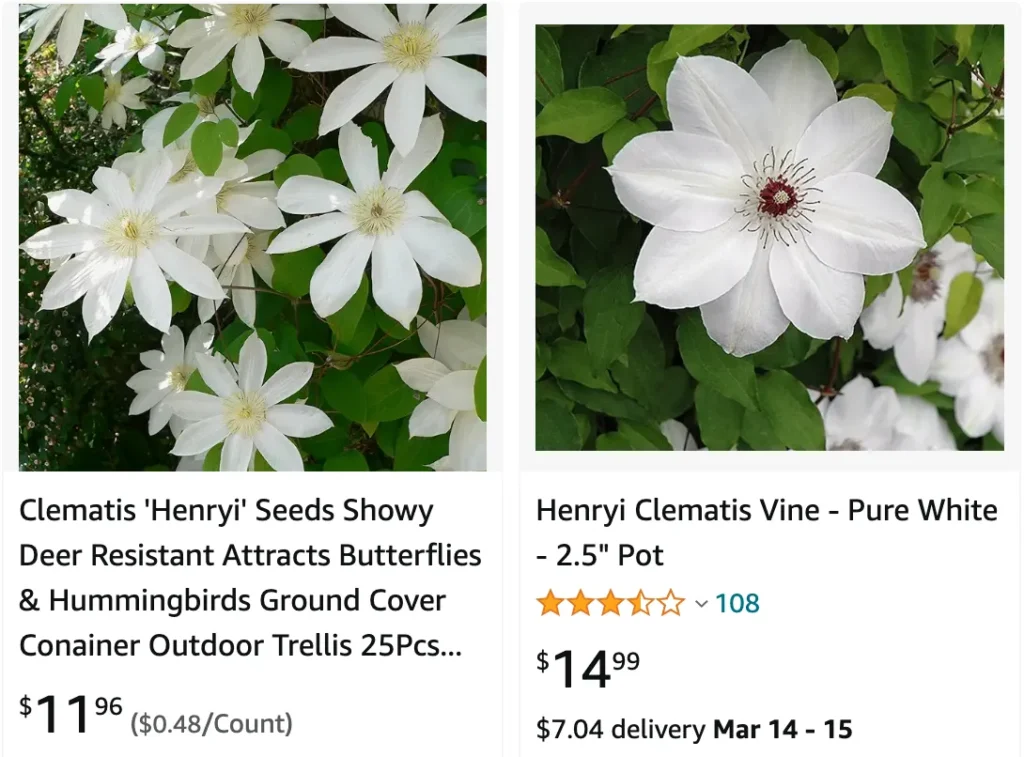
The Enduring Beauty of Clematis Henryi: A Gardener’s Guide
Clematis Henryi, with its luminous white flowers and vigorous growth, has become a favorite in my garden. This stunning vine adds a touch of elegance to any trellis, fence, or wall. But beyond its beauty, Clematis Henryi is surprisingly easy to care for, making it a perfect choice for both novice and experienced gardeners. In this article, I’ll share my experience with this captivating climber, offering insights on its care, pruning, and the secrets to keeping it thriving throughout the seasons.
391 Species in Genus Clematis
Clematis Henryi vs Clematis Toki
Clematis Henryi has been a favorite of mine for its bold white blooms that really pop against its dark green foliage, while Clematis Toki, with its more delicate pale pink flowers, gives a softer, more understated look that I’ve enjoyed for its subtle elegance in my garden.
How to Care for Clematis Henryi?
Clematis Henryi flourishes with minimal fuss. Here are the key ingredients for its success:
- Sun and Shade: While it appreciates full sun for a good portion of the day, Clematis Henryi benefits from some afternoon shade, especially in hotter climates. This helps to keep the soil cool and moist around the roots.
- Moist, Well-Drained Soil: This climber thrives in fertile, well-drained soil. Amending the planting hole with compost or aged manure is a great way to provide sustained nourishment. Consistent watering, especially during the first year of establishment, is crucial.
- Mulching: A layer of mulch around the base of the plant helps retain moisture, regulate soil temperature, and suppress weeds. Aim for a 2-3 inch layer of organic mulch like shredded bark or wood chips.
When do Clematis Henryi start to grow?
Clematis Henryi is a deciduous climber, meaning it loses its leaves in fall. However, new growth emerges quite early in spring, often as soon as the threat of frost has passed. You can expect to see new shoots appearing as early as March or April in some regions.
When to transplant Clematis Henryi?
The ideal time to transplant Clematis Henryi is in early spring, before the new growth begins. This allows the plant to focus its energy on establishing its root system before the summer heat arrives.
Pro Tip: If purchasing a containerized Clematis Henryi, choose a plant with a well-developed root system. Gently loosen the roots before planting to encourage them to spread out in the new soil.
Is Clematis Henryi evergreen?
No, Clematis Henryi is not an evergreen climber. As mentioned earlier, it sheds its leaves in fall and enters a dormant period during the winter months. However, in some mild climates with minimal frost, the plant might retain some of its foliage through winter, giving it a semi-evergreen appearance.
When to Prune Clematis Henryi?
Clematis Henryi falls into Clematis Group 2, which means it flowers in two waves:
- First Flush: The first flush of blooms appears in late spring or early summer on the previous year’s growth.
- Second Flush: The second flush occurs in midsummer to early fall on the current year’s growth.
Knowing this flowering pattern is key to proper pruning. Here’s a breakdown of when to prune Clematis Henryi:
- Late Winter/Early Spring (Before Bud Break): This is the recommended time for a light pruning. Remove any dead, diseased, or damaged stems. You can also trim back overgrown branches to maintain a desired shape. However, avoid cutting back too much during this period, as it can remove potential flower buds for the first flush.
- After the First Flush: Once the first wave of blooms has faded, you can lightly trim back the flowering stems to encourage bushier growth and potentially stimulate a second flush of flowers.
Remember: Always use sharp, sterilized pruning shears to avoid damaging the plant.
Additional Tips for Success
- Support System: Clematis Henryi is a vigorous climber and requires a sturdy support structure like a trellis, fence, or obelisk. Train the new growth to twine around the support as it grows.
- Deadheading: Regularly deadheading spent flowers encourages the plant to produce more blooms throughout the season.
- Feeding: A balanced fertilizer applied in early spring and again after the first flush of flowers can provide additional nourishment and promote healthy growth.
By following these simple guidelines, you can ensure your Clematis Henryi thrives in your garden, gracing you with its magnificent blooms for years to come.
If i die, water my plants!
